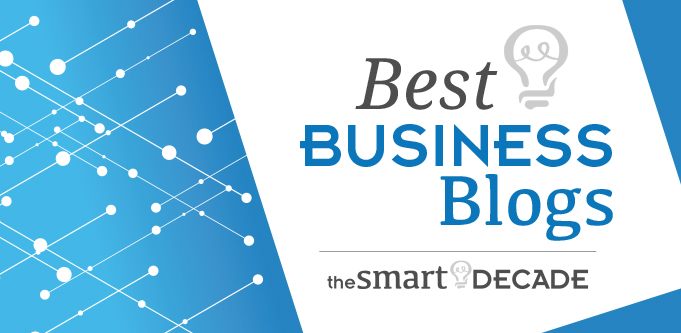Conversion rates are misleading.
Thanks to everyone that attended the webinar. Lots of great talking points from it as always. One major point was eCommerce Conversion Rates. There’s a lot of misunderstanding about what that represents and how studying individual channels and understanding your analytics can lead to an improved shopping experience.
- What does an ECR represent?
- Do you have a store greeter?
- Find the things that will increase sales.
- The importance of your analytics.
- Focus on the customer.
Transcript
Hey, welcome back Rankers. It’s been a couple of weeks. Sorry. Been busy. Lots going on. We’ve never been so flat out. It’s great. I love it. We did a webinar, I can’t remember if it was last week or the week before. Thank you for everyone who attended. So many interesting conversations came out of that about your general ECR.
How’s your store greeter?
So we’ve talked about e-commerce conversion rates before, but it’s important to understand that I think the e-commerce industry forgets what they’re representative of. They’re actually sort of more representative of how someone enters your site, the channels they come through, what they’re using, time of day, whole variety of things. And we talked about this last week and I said in the webinar, I said, “Site search for most people is the equivalent of a store greeter.” So if you go into Bunnings, or whatever else which I did on the weekend, which I’ll tell you about, big hardware store here in Australia, and usually there’s someone at the front door you can ask questions or whatever or send you to the right area.
And that helps you purchase quicker, it makes the whole process easier, means you’re not wasting time getting lost around the store. And the same is true with your own site. Okay? We know that. I’ve got one client, I think 20% of his traffic is generating 65, 70% of his revenue because of the channel that it’s coming through. And what I was telling people at the webinar, start to think about these things as you would salespeople. So when I was in Bunnings on the weekend, I’m doing some renos at home because my wife’s giving me an eviction notice out of the studio, which I’ve occupied for a little too long, worn out my welcome. So I’ve been moved off to another area, but I’ve got to finish it off and was painting on the weekend, doing the floor and all the rest of it.
And I asked this person who was situated in the area where I was buying the product from, so I thought they knew something about it, I said, “Do I have to use adhesives with this product?” And the response was, “I don’t know. I don’t know. You could Google it, I guess.” “Yeah, well maybe I will. But if I was home and I was Googling it online, you may not end up getting the sale.” And the same applies to your site. If you’re not telling me about a complex product and how easy it is, if you’re not making the decision process easier for me every step of the way, then I’m less likely to buy. And so when we look at that sales person in Bunnings, her conversion rate would have been quite low, but maybe other members of staff have a very high conversion rate.
Understand your data
So you wouldn’t necessarily in a retail environment, look at the overall conversion rate of your salespeople to work out whether business is good or bad. You’re looking at the individuals. You’re looking at the performance. You’re trying to find the things that increase sales and the same is true with your website and e-commerce sites. So mobile devices coming in on paid for instance or mobile devices coming in on organic. What’s the difference between those two? And as we said last week in the webinar, it’s 3% of an ECR. People say, “Oh, that’s pretty good.” But as I pointed out to one of my clients, I said, “No, that’s because the people that don’t use this particular channel, they convert at 1%. The people who do use this particular channel, they convert 12, 13, 14%.” So don’t think about this overall e-commerce conversion rate as something that you can focus on and try and lift higher, unless you’re actually digging down into the individual channels and devices and working out what is working.
And once you work on that, then you can see the growth and you know what to focus on then and you’re not wasting your time on different metrics, like bounce rate and all these sorts of things. And quite often, a high bounce rate can mean that the page is working really well because I find what I want and I leave. To give you an idea, we got this question last week in the webinar as well is that, I mean, this technique or this approach takes time. Right? It takes expertise. It takes understanding of your analytics. It takes time to make sure that the analytics is working properly, you’re not kidding yourself, all of those things. So that’s why I made our sweet spot for a client, and this conversation came up last week, is about 500, 600K revenue a year.
That’s the starting point. Anything below that and it just becomes too much stress for the client. And similarly, we don’t want a hundred million dollar brands either because they’re too big for us and we won’t be able to get what we need to get done, done. So we look for that sweet spot and we look for sites that we know have got a good amount of traffic, because if you’ve already got a good amount of traffic, but you’ve got a low conversion rate overall, chances are it’s higher in one area and you need to drill down into that and find that area and work out why it’s that high and then start to extrapolate that across the rest of the site. Look at your best sales person, learn from them and bring your other salespeople up. Hopefully I didn’t break that analogy, but you get my understanding. And when you do these things, of course, on the sites with more revenue, a smaller change makes a much bigger difference to overall revenue, but it’s about understanding the shopping experience. All right?
The last 20 years of e-commerce development haven’t really looked at that. I know a lot of people will argue with that, but we’re not looking at it from what we know from a bricks and mortar experience. It’s all about seven touches and all these metrics on landing pages versus listing pages versus product pages and squeeze pages and all these things that we’ve… But by and large, if you focus on the customer, work out what are the things stopping them from buying, you’re going to get a lot better, just staying with the basics like that than what you will trying every other trick in the book. Hopefully that’s helpful. And if you have any questions or suggestions for the channel, what other things you’d like to see, please let me know in the comments and please subscribe. Tell your friends. By the way, if you can bang on that Like button, apparently that’s quite good too. Thanks very much. See you next week. Bye.

Jim’s been here for a while, you know who he is.


